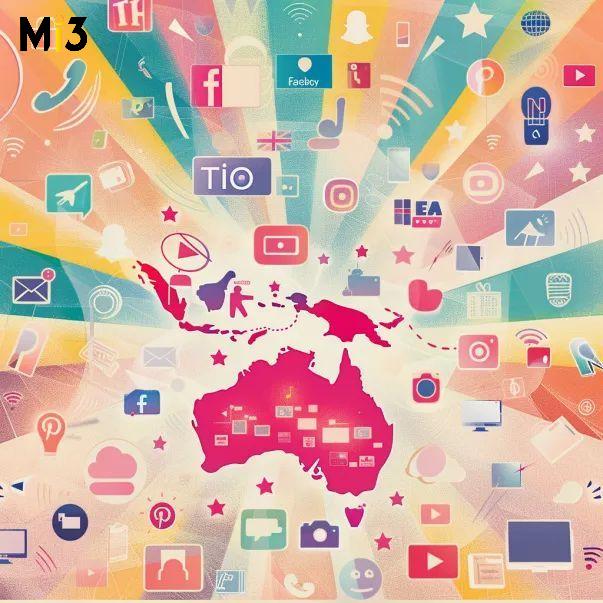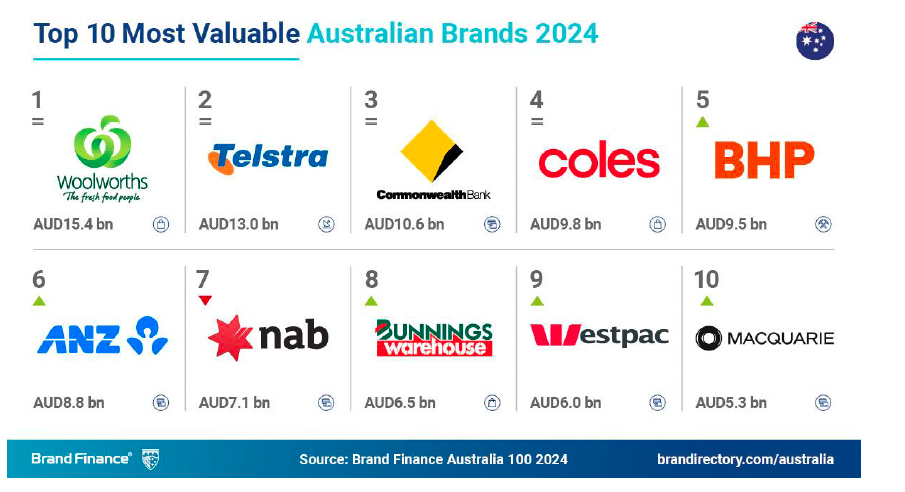Efficiency without empathy: Forrester’s Martin Gill warns that good-enough CX isn’t good enough to ensure customer loyalty

What You Need to Know
-
Forrester’s 2024–25 CX Index shows customer experience has hit multi-year lows globally, with ease and effectiveness rising, but emotional engagement, the strongest driver of loyalty, falling sharply.
-
In the rush to scale self-service and AI-driven efficiency, many firms have automated low-touch experiences, stripping out emotionally resonant human interactions.
-
Forrester’s Martin Gill says “trust and emotion are the keys,” with emotion most strongly linked to outcomes like retention, advocacy and customer enrichment.
-
AI isn’t the villain, bad design is: Without journey redesign and knowledge management, AI just accelerates broken processes.
-
Use AI to clear the ‘undergrowth’, low-emotion, high-volume tasks, and reallocate those savings to high-emotion moments like onboarding, hardship, and cancellations.
-
Zurich uses LLMs to simplify thousands of customer documents, edited by humans, improving clarity and CX at scale.
-
Many firms rely on outdated CX metrics and struggle to link them to outcomes. Gill advises tracking first-contact resolution, effort, sentiment and CSAT, not just deflection or NPS.
-
Ethical AI matters. Firms must maintain human oversight, avoid hallucinations and creepy personalisation, and apply AI ethics principles including transparency and fairness.
Forrester’s Customer Experience Index data shows that out of the three drivers of customer experience quality – effectiveness, ease and emotion – emotion is most correlated with customer loyalty outcomes like retention, enrichment and advocacy
Customer experience leaders are finding that while AI can deliver faster, cheaper interactions, it risks leaving the emotional core of CX clipped. Forrester’s latest CX Index demonstrates the paradox: ease and efficiency are up, yet emotional engagement which is the strongest driver of loyalty has fallen to multi-year lows.”
So what broke? Post-pandemic, organisations pushed customers to self-serve. AI optimised the operational layer, by parsing call logs, rewriting documents, and patterning feedback. Cheap, quick, tidy.
But for customers, it can also feel hollow.
Forrester VP and Research director Martin Gill puts it bluntly: “Trust and emotion are the keys.”
The risk is that if speed flattens feeling, a brands deflection chart may improve, while its repeat business quietly erodes.
Gill who will deliver a keynote at next week’s Forrester CX conference in Sydney said the diagnosis is clear. “Forrester’s 2024–2025 CX Index results show CX quality at multi-year lows globally. In many markets, while effectiveness and ease have increased, emotion has dropped, in part because off the back of the pandemic, firms have rushed to digitise customer experiences, and have pushed customers to easier, yet emotionally less resonant channels.”
The lesson for CX leaders: AI isn’t the villain. Lazy design is.
“Forrester’s Customer Experience Index data shows that out of the three drivers of customer experience quality – effectiveness, ease and emotion – emotion is most correlated with customer loyalty outcomes like retention, enrichment and advocacy,” says Gill.
The ‘good enough’ trap
Marketers may love efficiency, and finance may love it even more, but the research suggests that ‘good-enough’ CX is a bad idea.
It may look fine in dashboards but it feels off to customers
Per Gill, “Technology alone doesn’t lift CX without journey redesign, knowledge quality, and change management.”
That’s a line that could be printed on every AI roadmap. If you automate a broken journey, you scale the breakage. The fix starts with ownership. “Journeys are the great unlock,” he says. “Customer journeys help us break through touchpoint myopia by focusing us in on helping a customer achieve a goal.”
And don’t guess what matters; measure it, he told Mi3, “Measure downstream CX metrics (first-contact resolution, effort, sentiment, CSAT) rather than only deflection.”
Human moments
Forrester’s research suggests that AI is good for clearing the undergrowth, but people should shape the message. The result when it all comes together should be less confusion and more confidence, which in turn should mean fewer calls.
Brands can use automation to strip cost from low-emotion tasks, then reinvest the savings in high-emotion moments. That would include areas such as onboarding, complaints, cancellations, hardship. After all, that’s where loyalty is forged. “Successful firms use AI to enhance and accelerate humans, often taking on challenges or analysing data that they could have done manually, but never have due to the scale and cost involved.”
He offered up Zurich Insurance as an example. “Zurich insurance is using an LLM trained on its style guide to rewrite thousands of customer-facing insurance documents to be simpler and use plain language. A human editor has final approval. This kind of scale-up activity would have been prohibitively slow or expensive in the past.”
The efficiency is real. “More than a third of organisations globally are using generative AI solutions to enhance the efficiency and productivity of their CX teams.”
We track what we value
Too many teams still live in rear-view mirrors. Gill sees the pattern: “Backwards-looking data collection dominates. Most firms deploy surveys, but few teams effectively tap into emails and calls. Worse, only half feel confident in their ability to analyse what they collect. Fewer still lean into predictive analytics to anticipate what customers will do next.”
Flip it. Track first-contact resolution, effort, sentiment and CSAT, he says.
“Metrics don’t drive action. According to our latest state of CX measurement and VoC survey, only half of CX teams can successfully link CX metrics to business outcomes, less than a third can set realistic targets, and even fewer report the ability to find signals in data.”
Ethics belongs here too. “Maintain human-in-the-loop governance to avoid hallucinations or creepy personalisation, and base AI development and deployment on a robust set of ethical principles like fairness, transparency, the right to redress, etc.”
It’s the kind of thing customers notice. Regulators will, too.
The emotional north star is simple. “Rather than design self-serve digital or in-person interactions in isolation, firms need to think in terms of customer outcomes, journeys and the drivers of trust and emotion on those journeys.”
That’s not fluffy. It’s commercial. Emotion is what converts “okay” into advocacy. “To create positive emotional experiences, firms need go beyond a surface-level understanding of customer goals and intent. I don’t want a mortgage, I want to own my dream home. I don’t want to book a flight to Paris, I want to have a relaxing holiday.”
AI is not a strategy
Use AI where it shines, speed, scale, pattern-spotting, then put people where trust is fragile, Gill suggests.
“Deploy AI to solve for specific use-cases, not as a generic tool,” he advises.
Own journeys. Measure what matters. Move when the needles move.





